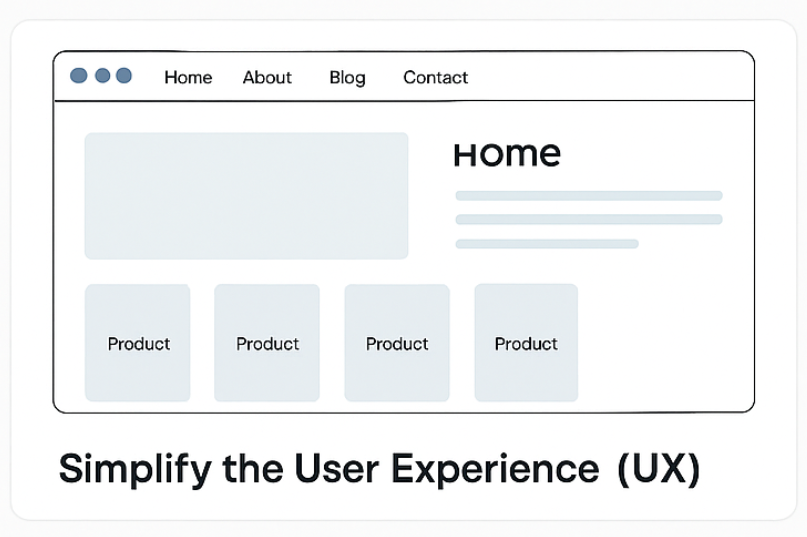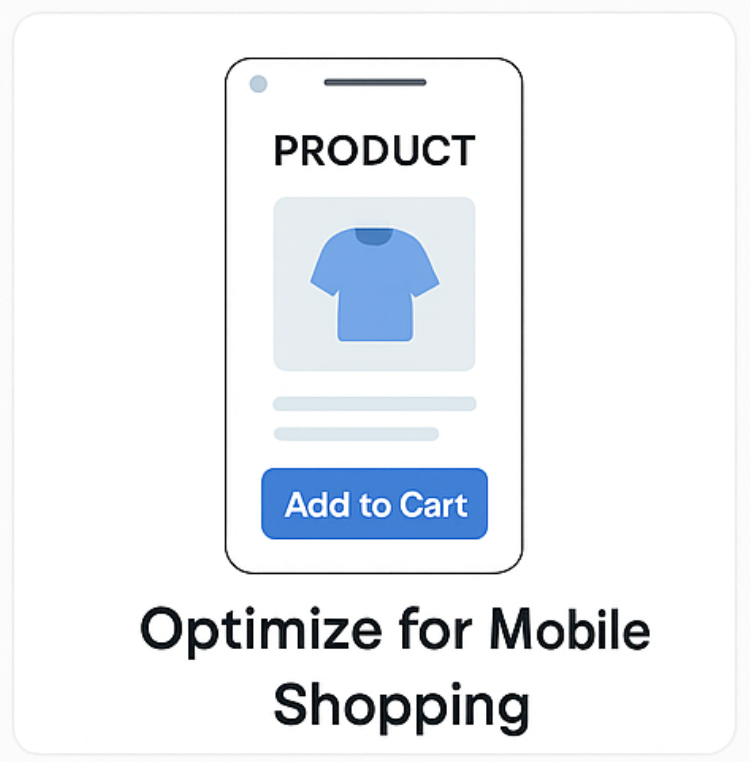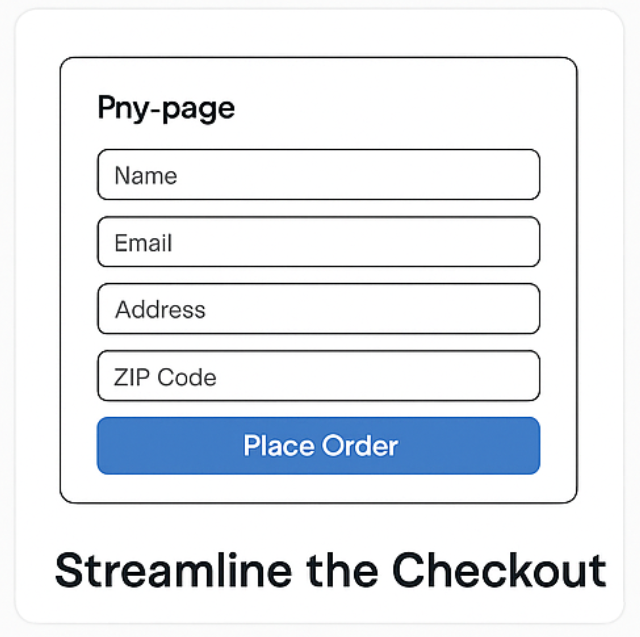Introduction
2025 is just around the corner—and UAE customers are more digital, mobile, and selective than ever. With rising expectations and better alternatives just a tap away, ecommerce businesses must do more than “look nice.” They must function fast, feel local, and deliver a seamless experience. So, what do UAE customers expect in a 2025 ecommerce store?
Let’s explore real trends, behaviors, and what you can do today to future-proof your store.
UAE Ecommerce Growth Overview
The UAE ecommerce market is booming—and it’s not slowing down.
According to Statista:
- The UAE ecommerce market is projected to reach $11.78 billion in 2025
- Mobile commerce alone accounts for over 72% of ecommerce revenue
- The average online shopper in the UAE spends over $1,600 per year
This makes it one of the highest-spending regions in the world, especially in categories like fashion, electronics, personal care, and auto.
But this also means that customers expect a lot more from online shopping than they did even two years ago.
Expectations Around Design and Usability
First impressions are everything.
Dubai and Abu Dhabi shoppers expect a clean, premium-looking interface. Sloppy design = lost trust.
What they want:
- Minimal, clutter-free designs
- Consistent branding and tone
- Fast-loading visuals and pages
- Organized navigation with smart filtering
- Product previews, zoom, and live preview tools
Why it matters:
According to Google, 89% of users will switch to a competitor if they don’t like the user experience.
Payment Preferences and Security Expectations
Payments are no longer just about credit cards. In 2025, UAE customers want flexibility + security.
Preferred payment options:
- Credit/Debit cards (Visa, MasterCard)
- Cash on Delivery (COD) — still preferred by 40–55% of customers
- Buy Now, Pay Later solutions (Tabby, Tamara)
- Apple Pay, Samsung Pay
- Local gateways like PayTabs, Network International
Trust signals customers look for:
- SSL certificates and HTTPS
- Trusted payment logos
- Visible refund/return policies
- Clear “no data sharing” messages
78% of UAE customers abandon checkout if the payment page feels insecure or unfamiliar.
Mobile Shopping Experience
With most buyers shopping from phones, mobile-first isn’t optional—it’s expected.
What UAE buyers expect:
- One-tap checkout
- Large buttons and forms
- Fast load time under 3 seconds
- Zero horizontal scrolling
- Smart cart that remembers items
According to Mastercard MEA, mobile transactions now represent over 75% of all ecommerce activity in the UAE.
Stores that ignore mobile are literally ignoring their customers.
Multilingual and Cultural Customization
The UAE is a multilingual, multicultural market—and your site must reflect that.
Language expectations:
- Full Arabic and English toggle
- Proper RTL formatting for Arabic
- Local date, currency, and measurement preferences
Cultural visuals:
- Modest fashion imagery
- Regionally relevant promotions (Ramadan, Eid, UAE National Day)
A Harvard Business Review study found that localized ecommerce content boosts conversions by up to 2.5x.
Shipping, Delivery, and Return Expectations
This is one of the most important areas where customers decide whether to buy or not.
UAE buyers want:
- Fast delivery (same-day or next-day for major cities)
- Clear shipping timelines and cost at checkout
- Free delivery threshold (e.g., free shipping on orders over 150 AED)
- Hassle-free returns policy
- Real-time order tracking with SMS/email updates
In fact, a Baymard report shows that 23% of UAE cart abandonments happen due to unclear or high shipping costs.
Customer Support Expectations
Modern ecommerce stores are expected to respond fast and stay accessible.
Expectations include:
- Live chat (even AI-based is acceptable)
- WhatsApp Business integration
- Support in both Arabic and English
- Easy-to-find contact page with working hours
- Post-order support and follow-ups
A Salesforce report showed 74% of online buyers in MENA expect real-time support while browsing or checking out.
Trends Emerging in 2025 (AI, Personalization, and More)
To truly stay ahead, ecommerce businesses in the UAE need to adopt:
1. AI Product Recommendations
Using AI tools to personalize homepages, product suggestions, and cross-sells based on user behavior.
2. Voice Search Optimization
Arabic and English voice search adoption is growing, especially in mobile.
3. AR/VR Product Previews
Fashion, furniture, and automotive ecommerce brands are now integrating AR for try-before-you-buy.
4. Hyper-Personalized Marketing
Smart popup offers, email flows, and push notifications tailored to user data.
5. Subscription Models
Customers want convenience — whether it’s grooming kits, baby products, or car accessories.
Implementing even one or two of these can boost engagement dramatically.
How to Meet These Expectations with Fajri
At Fajri, we design ecommerce stores that aren’t just beautiful — they’re built for UAE shoppers.
What we include:
- Mobile-first, bilingual design (Arabic + English)
- Custom checkout UX with COD, BNPL, and card options
- Live chat and WhatsApp integrations
- Fast UAE-based hosting
- Optimized for SEO, trust, and conversion
- Smart analytics to track buyer behavior
We don’t just design stores — we build local ecommerce machines that convert.
👉 Explore Ecommerce Services
👉 Book a Free Consultation
Conclusion: Don’t Guess, Deliver
The future of ecommerce in the UAE is already here — and it’s demanding.
You can’t rely on old templates, outdated UI, or slow support.
You must deliver speed, simplicity, local flavor, and security — or someone else will.
If you want to know what UAE customers expect in a 2025 ecommerce store and beyond, design with UAE buyers in mind. Every button, every word, every experience matters.
Ready to build an ecommerce store UAE customers will love?
👉 Let Fajri take it from here.
















